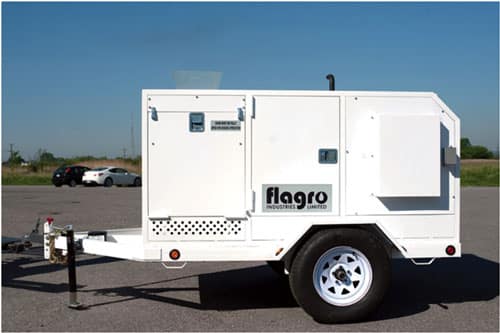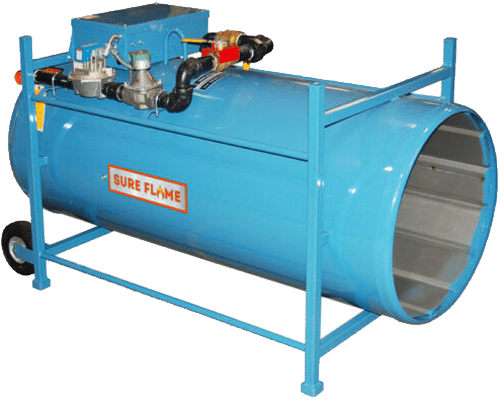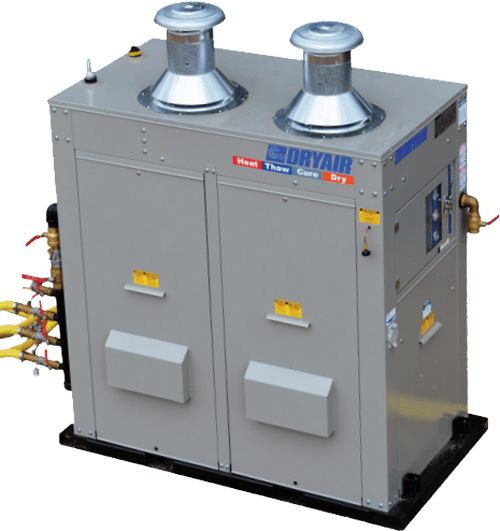Mobile Heating Units for Construction are essential for year-round construction.
Checking Out the Different Kinds of Home Heating Units Offered for Every Room
The diversity of home heating units offered today caters to a wide array of areas and requirements, each offering one-of-a-kind benefits. Central home heating systems effectively warm larger locations, while room heating systems give targeted convenience in smaller rooms. In addition, glowing home heating solutions and versatile warm pumps existing further choices for maximizing energy usage and climate control. As one thinks about the myriad choices, the subtleties in between electrical and gas systems likewise enter play, raising essential concerns concerning performance and setup. Comprehending these differences can considerably impact both convenience and price-- what factors should be prioritized in your option?
Central Home Heating Systems
Many homeowners consider central furnace to be a trusted solution for preserving constant warmth throughout their space. Central home heating operates by distributing warm air or water from a main source, making certain that all locations of a home receive appropriate warmth. This system usually entails a heating system or boiler, which creates heat, and a network of air ducts or pipelines that carry it to different spaces.
One of the key advantages of main home heating is its capability to maintain uniform temperature levels, boosting convenience levels during colder months. Contemporary systems typically integrate smart technology, enabling for programmable thermostats that maximize power efficiency. This not just decreases energy expenses yet also adds to a much more lasting living setting.
Central furnace can be sustained by numerous energy resources, consisting of all-natural gas, oil, or electricity, supplying versatility in terms of setup and procedure (Emergency Heating Solutions). Normal maintenance is necessary to guarantee ideal performance and longevity, including routine examinations and filter replacements. Overall, central heating remains a popular option for property owners seeking a reliable approach to achieve a cozy and welcoming home ambience
Area Heating Systems
Area heating units are often made use of as an efficient option for supplying localized heat in certain areas of a home or workplace. They are perfect for scenarios where central heating may not be necessary or feasible, such as small areas, workshops, or during particularly cool days when extra heating is preferred.
Different sorts of area heating systems are available, consisting of convection, infrared, and oil-filled designs. Convection heating units work by heating the air in an area, while infrared heating units produce convected heat directly to objects and people, producing a much more prompt effect. Oil-filled heaters, on the other hand, supply a consistent, durable warm by distributing oil within the system.
When selecting a space heating system, it is necessary to consider factors such as the size of the area to be heated up, the heating system's energy performance, and safety attributes (Temporary Heating for Events). Numerous modern area heating units come furnished with automated shut-off functions, tip-over defense, and thermostatic controls to boost safety and security and performance

Radiant Heat Options
Glowing heating alternatives give a highly effective way to preserve warmth in household and commercial areas by directly moving warm to things and individuals within the atmosphere. This technique can significantly improve convenience levels while reducing energy intake compared to conventional home heating systems.
Both key sorts of radiant heat include radiant flooring heating and radiant wall panels. Radiant floor home heating typically includes the installation of electrical home heating cables or hydronic tubes underneath the floor covering, allowing for even heat circulation and removing chilly places. This system is particularly efficient in ceramic tile or stone floors, as these materials keep heat well, developing a relaxing atmosphere.
Radiant wall panels, on the various other hand, deal versatility in installment and can be made use of in numerous setups, consisting of homes, workplaces, and business rooms. These panels can be either electrical or water-based, giving a very discreet heating solution that complements existing style without the bulk of standard radiators.
Warm Pumps
Warm pumps are an innovative remedy for affordable air conditioning both heating and cooling needs in different environments, offering energy-efficient options to conventional a/c systems. These systems run by transferring warm as opposed to generating it, making them remarkably reliable. In heating mode, a warm pump essences thermal energy from the outside air, ground, or water and transfers it inside your home. Alternatively, in cooling down setting, it gets rid of heat from the indoor air and releases it outdoors.

One of the primary advantages of heat pumps is their ability to supply both cooling and heating in a single unit, minimizing the requirement for separate systems. Additionally, lots of warm pumps make use of advanced innovations such as variable-speed compressors, enhancing their performance and efficiency. Because of this, warm pumps not just add to reduced power costs yet additionally support eco friendly techniques by minimizing greenhouse gas exhausts connected with typical home heating techniques.

Electric vs. Gas Systems
When picking in between electrical and gas home heating units, house owners have to consider a number of factors, consisting of performance, price, and environmental effect. Electric heating devices usually have a higher performance rating, heating and air conditioning repair transforming nearly all the power they take in into heat. Nevertheless, power rates can differ substantially, frequently leading to greater operational costs compared to gas devices, which typically have reduced fuel expenses yet might show effectiveness losses throughout burning.
Gas heating devices tend to offer faster heating and can be much more effective in bigger spaces. They also create greenhouse gas exhausts, elevating ecological worries. In comparison, electric systems can be powered by sustainable power resources, making them a more environment-friendly choice when coupled with green energy initiatives.
In addition, setup prices differ; electric systems are usually much easier and cheaper to set up, while gas devices might need extra air flow and safety and security actions. Home owners ought to likewise consider local policies and availability of gas lines when making their decision. Eventually, the option in between electrical and gas home heating devices need to align with individual top priorities regarding efficiency, cost, and environmental awareness, making sure a comfy and sustainable living environment.
Final Thought
In recap, a diverse array of heating units exists to fit varying requirements and atmospheres. Central home heating systems ensure uniform warmth across bigger locations, while space heating systems offer targeted convenience. Radiant heat alternatives improve power efficiency by warming things straight, and warm pumps use flexible heating and cooling down solutions. Additionally, the selection between electrical and gas units introduces additional versatility in terms of efficiency and setup. Choosing the suitable heating solution is essential for maximizing comfort and power usage.